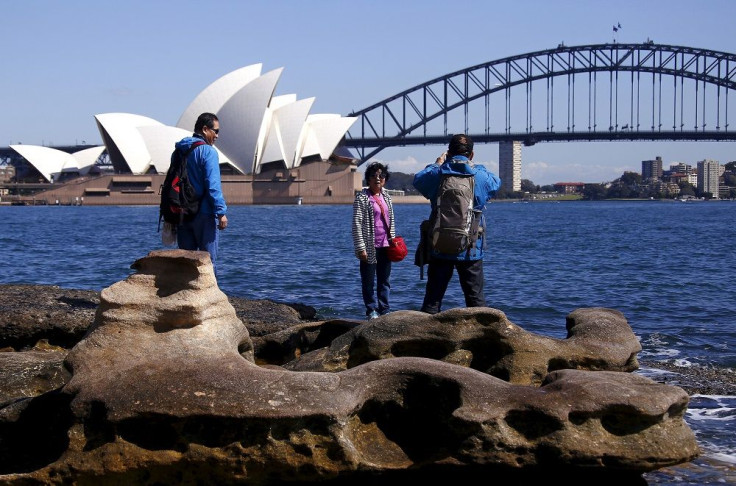Australia attracts more high net worth individuals than any other country: analysis

Australia is becoming a more popular destination for wealthy people, according to a new report. Sydney, Melbourne and the Gold Coast are particularly appealing to high net worth people.
An analysis has found that the Down Under appeals to more high net worth individuals (HNWI) as migrants compared to any other nation. This is according to a recent analysis by New World Wealth.
The world saw wealth migration accelerating with 95,000 HNWIs migrating last year. This figure is comparable to 82,000 in 2016 and 64,000 in 2015.
Australia was the first in the world last year with a net inflow of 10,000 HNWIs, people with net assets of US$1 million (AU$1.25 million) or more. Aside from Sydney, Melbourne and the Gold Coast, Perth, Brisbane and Sunshine Coast were among the most popular destinations. The United States followed Australia on the list with 9,000.
Total wealth held here has climbed by up to 83 percent. It is a huge gap compared to 20 percent growth in the US.
New World Wealth’s 2018 Global Wealth Migration Review suggests that the country’s location is a good base for business in budding Asian countries like Japan, South Korea, Singapore, Vietnam, Hong Kong and China. The report states that the nation’s “superior growth” over the past ten years has had an impact on business opportunities and confidence.
Huge companies from Asia, America and Europe set up offices in Australia. This translates to more job opportunities.
Another thing that makes the country so appealing could be safety, particularly for women. Australia was hailed as the safest country in the world for a woman.
It appeared that population was a contributing factor among some of wealthiest nations in the world. “During our analysis we noticed that countries with low population densities such as Canada and Australia are some of richest countries in the world on a wealth per capita (wealth per person) basis, whereas densely populated countries such as Nigeria, Ethiopia, Bangladesh and Pakistan are some of the poorest,” the report states, according to Business Insider Australia.
Both Australia and Canada have relatively low population densities compared to other countries in the top ten. According to the report, a lower population density means less dependence on other nations for trade and resources. It also means less competition for land and resources and less waste and pollution. There is a better chance for improved quality of life for locals as there are more wild spaces.





















